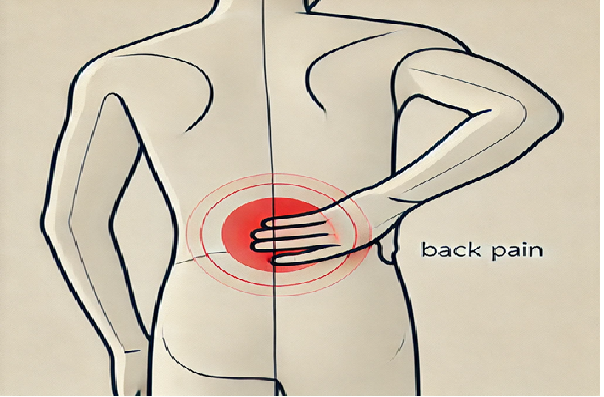Pain helps protect the body and promotes healing. It is like a warning signal, telling us there might be harm or injury. This signal makes us act to protect the injured area and help it recover.
For example, if you hit your toe hard, it hurts a lot at first. But after you check your toe, move it, and carefully test it by standing on it, the pain becomes less. When the brain knows there is no serious damage, the pain reduces and eventually goes away.
However, if it is not clear how bad the injury is, the pain may stay. There is a story of a builder who shot a nail into his boot and felt extreme pain. But when doctors took an X-ray and found that the nail missed his foot and only went between his toes, his pain stopped immediately—before any pain medicine helped.
Pain is like an alarm system. It tries to keep us safe. Usually, once the danger has passed or the injury is healing, the pain will fade.
But sometimes, pain doesn’t go away. It stays longer than needed. When this happens, pain can become a problem, stopping people from doing normal activities and making them afraid to move.
Why does this happen?
Pain is not just about the body being injured. It is also affected by many things, such as:
- Biological factors: inflammation, nerve damage, genetics, age, hormones, and health conditions.
- Psychological factors: stress, fear, anxiety, depression, bad past experiences, and negative thoughts.
- Social factors: being alone, family problems, culture, job stress, money problems, or poor support systems..
Everyone has their own mix of these factors. They can make pain feel worse or better. For example, stress and poor sleep are common reasons pain feels worse.
How to understand pain?
Pain happens when the body feels it needs more information. It sends out a warning signal, which becomes the pain we feel. Pain is very strong and hard to ignore—it forces us to pay attention and check what is wrong.
Pain also depends on the situation. For example, if someone is in a car crash, they might not feel pain at first because their main focus is getting to safety. But later, once they are safe, they might feel the pain.
If the body believes there is still a risk of harm or injury, pain will continue.
Understanding pain can help us find ways to manage it, such as education, physical therapy, or learning how to reduce stress and anxiety. This is important for both short-term pain and long-term pain.
Stay healthy!
Charlie Haswell
National Physiotherapist

